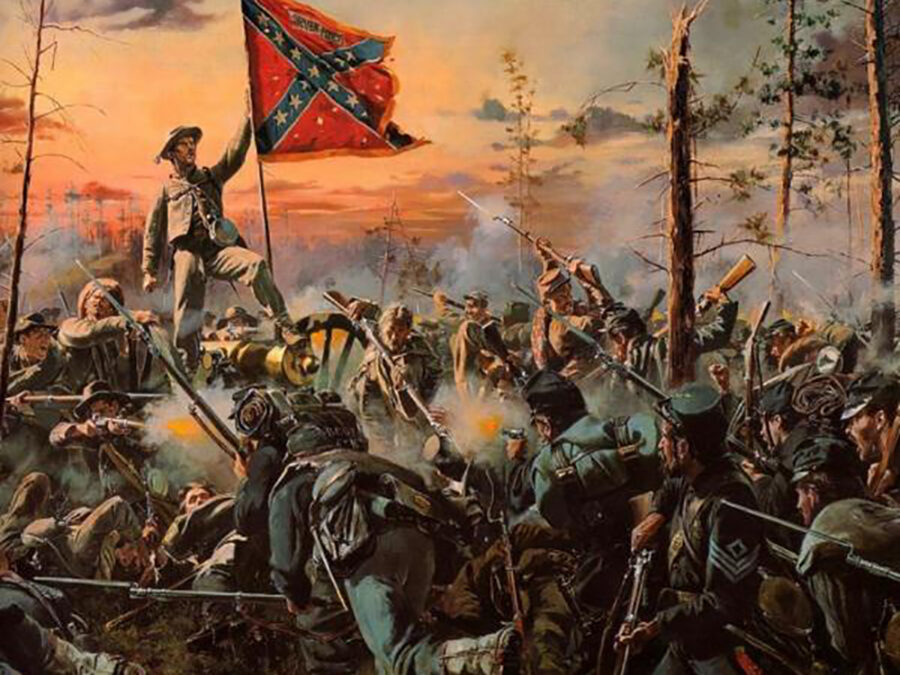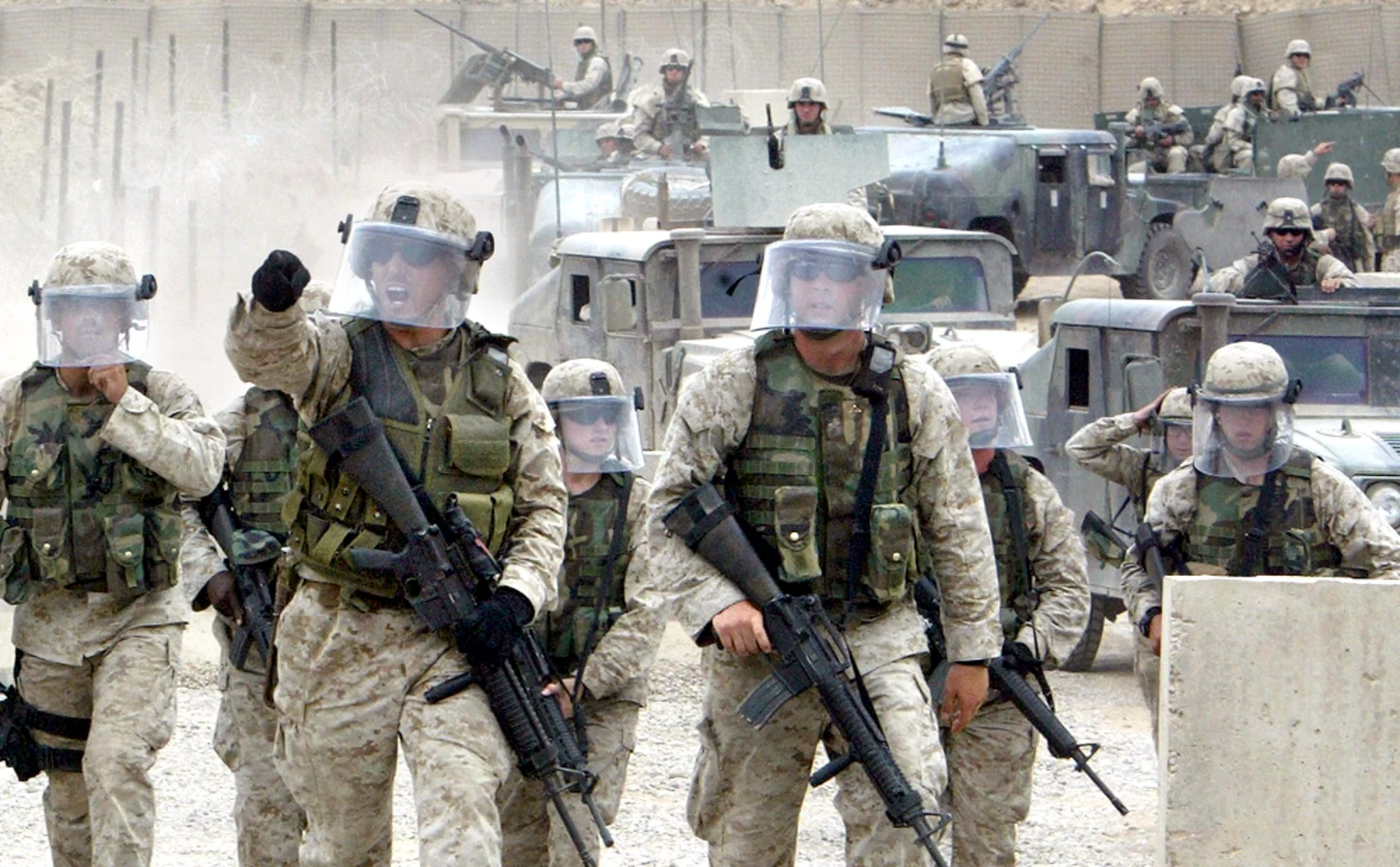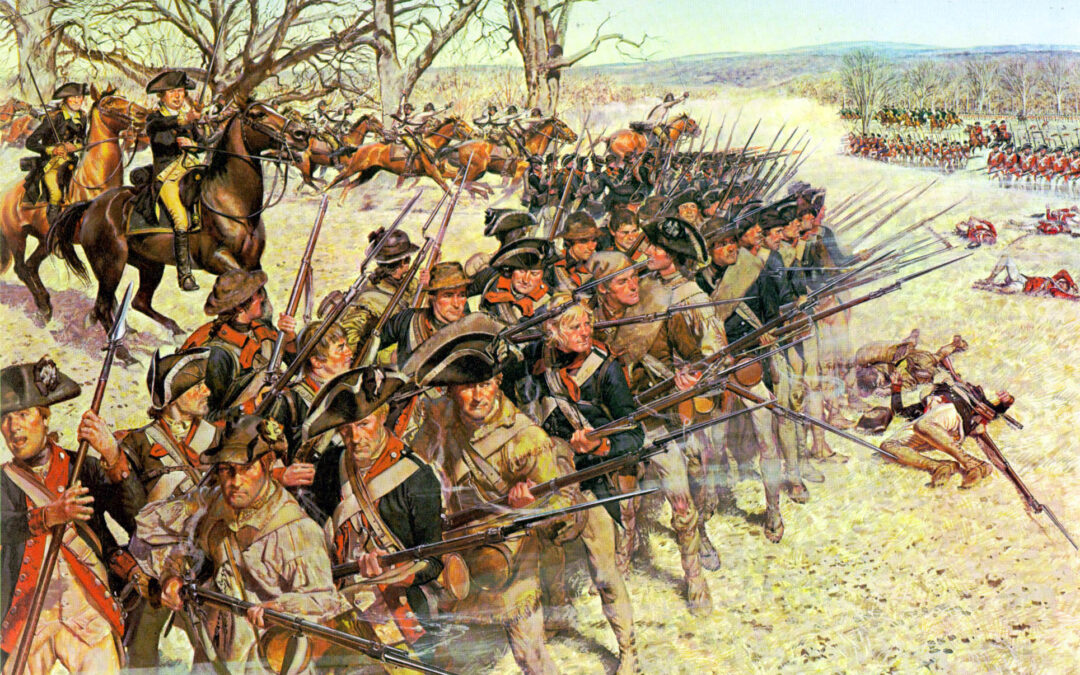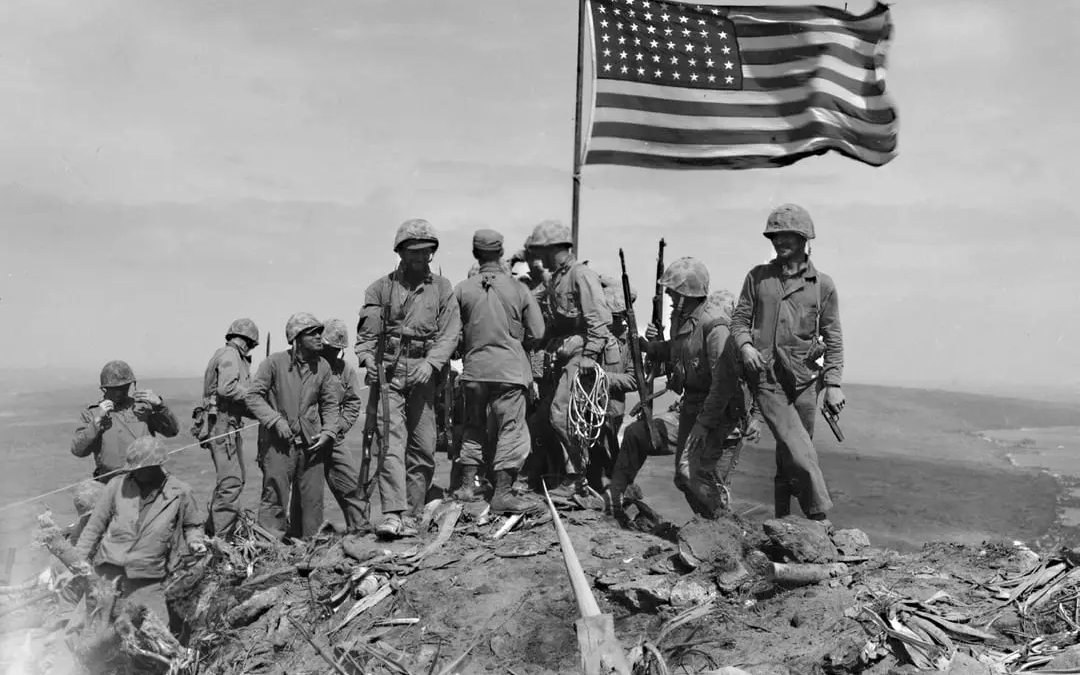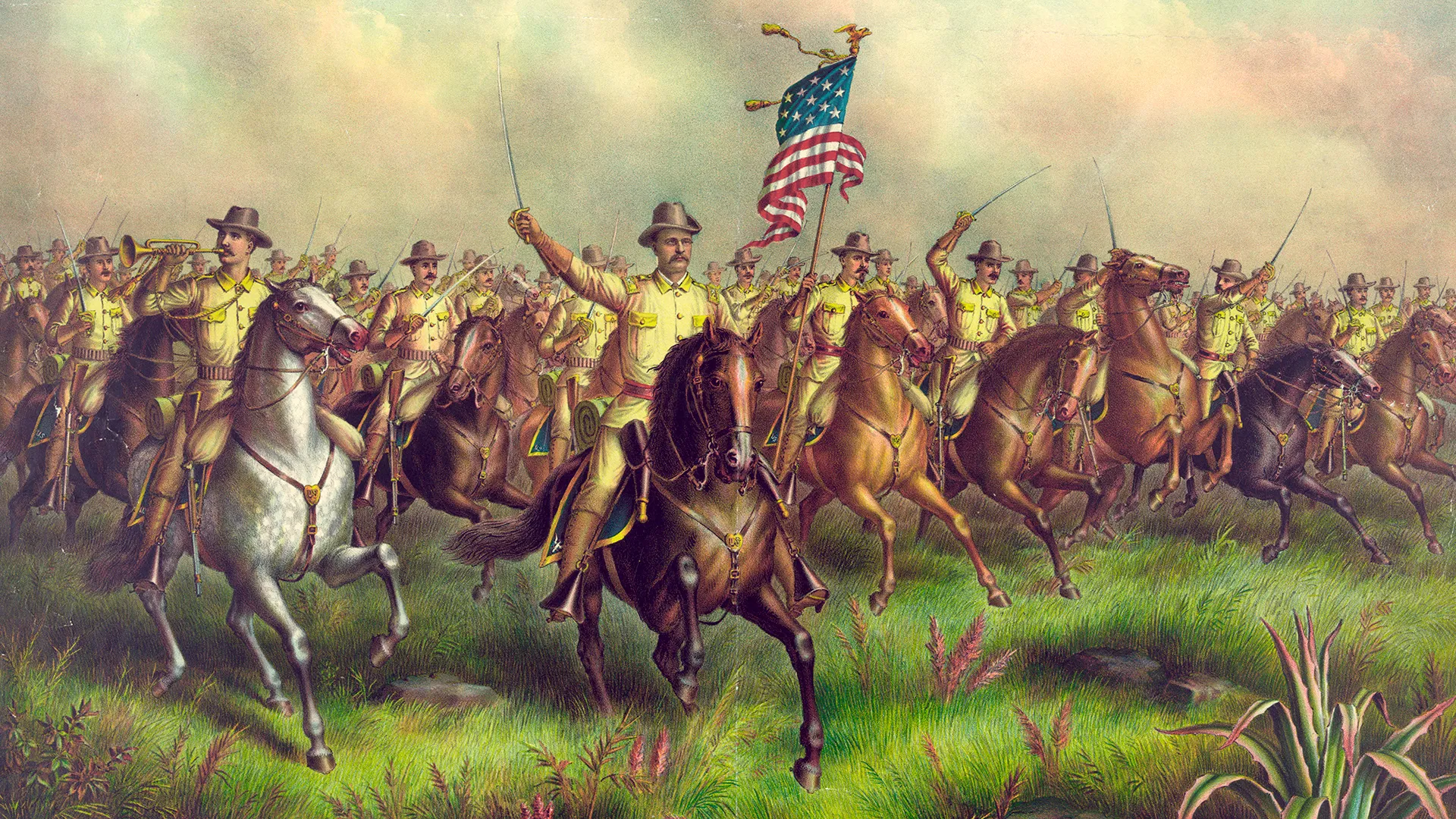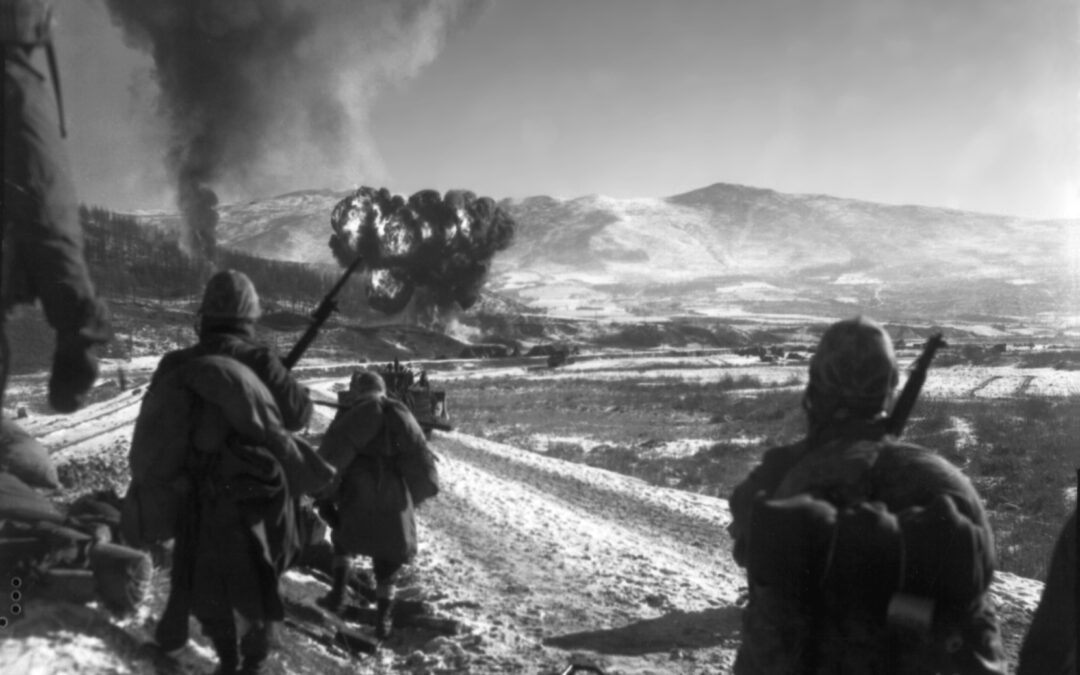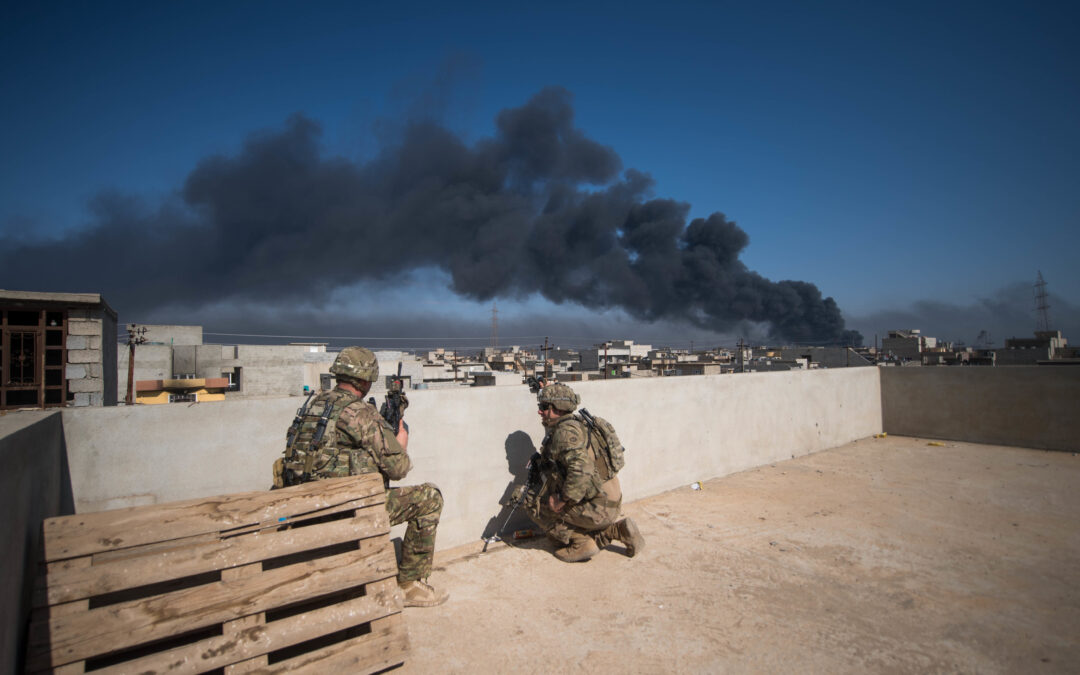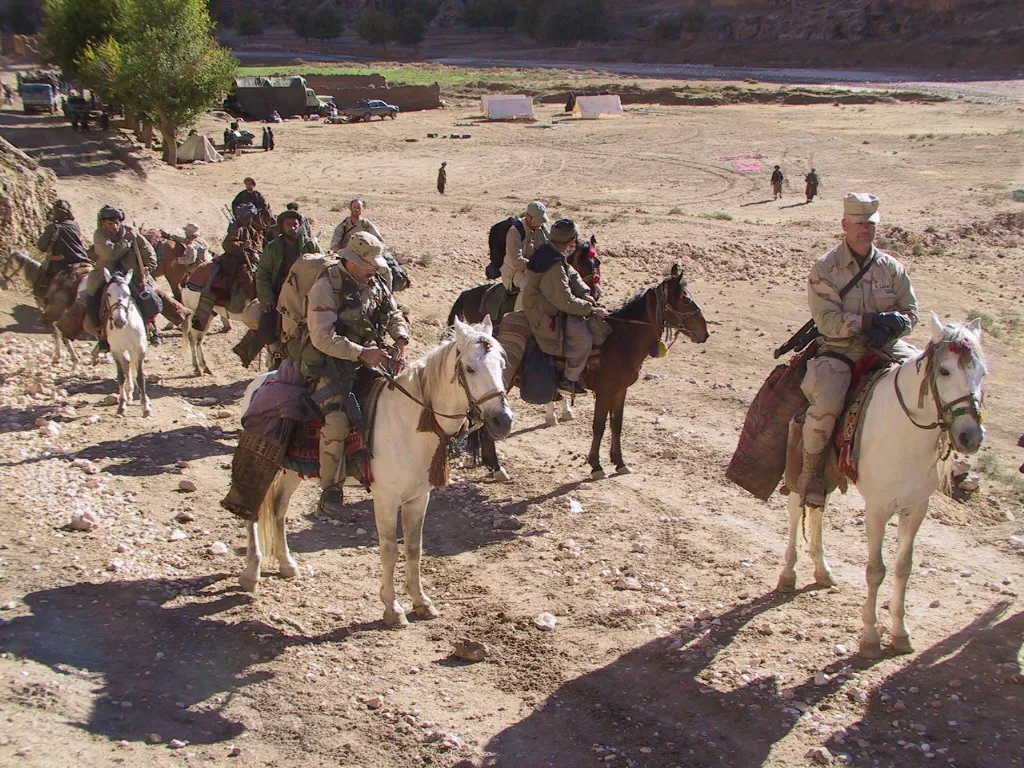In 1874, the U.S. Army sent an expedition, led by Lt. Col. George Armstrong Custer, into the Black Hills of what is now South Dakota. They returned to report that there was gold in them thar hills. Within two years, Americans were flocking by the thousands, lured there by the promise of striking it rich. There was just one problem: the land belonged to the Lakota Sioux tribe, and it was illegal – and dangerous – for the prospectors to even be there. The Battle of the Little Bighorn Sparks Over Black Hills Conflict The Black Hills were sacred to the Sioux, and they did not want to leave them for any reason (they're still fighting to get it back to this day). As hostile natives began to leave their reservations (if they ever were on one at all) and fight back against settlers' encroachment, government and Native leaders tried to find a diplomatic solution. But the tribes would not agree to cede the Black Hills. President Ulysses S. Grant's administration demanded that all...



